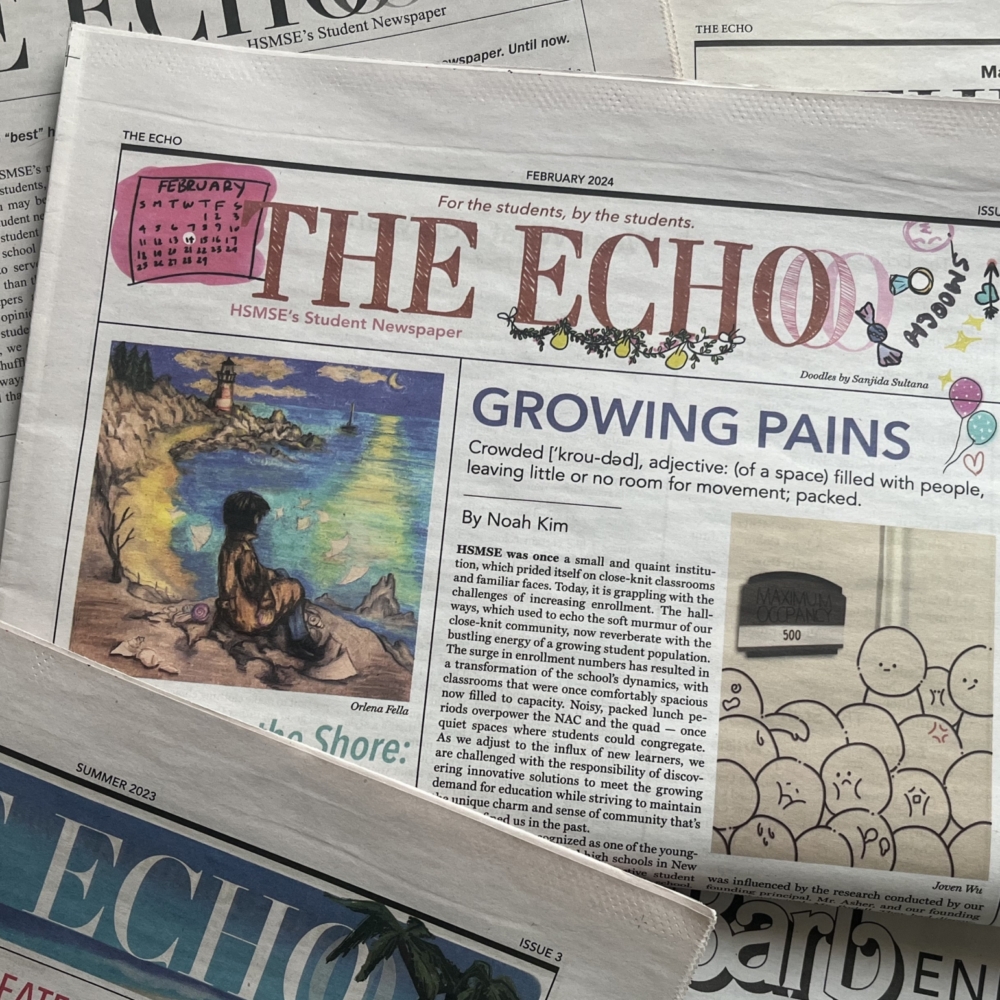Rumored Buzz on News Articles
Rumored Buzz on News Articles
Blog Article
Unknown Facts About News Articles
Table of ContentsHow News Articles can Save You Time, Stress, and Money.The Ultimate Guide To News ArticlesSome Known Questions About News Articles.The News Articles PDFsNews Articles for Dummies
Good knowledge of various subjects provides students an affordable edge over their peers. Although electronic and social media are easily easily accessible, we should not fail to remember exactly how crucial it is to review the newspapers. Moms and dads must try and instill the practice of reading a paper as a day-to-day routine to proceed the legacy of the revered print tool.Newspaper article likewise consist of at least among the adhering to crucial features family member to the intended target market: closeness, prestige, timeliness, human rate of interest, anomaly, or consequence. The related term journalese is sometimes used, generally pejoratively, to refer to news-style writing. One more is headlinese. Newspapers typically comply with an expository writing design.
Within these limitations, information tales likewise intend to be extensive. Various other variables are involved, some stylistic and some derived from the media form. Amongst the bigger and a lot more highly regarded papers, justness and equilibrium is a significant factor in offering details. Discourse is generally confined to a different area, though each paper might have a different general slant.
Papers with a global target market, for example, have a tendency to utilize a more official design of writing. News Articles.; common style guides consist of the and the US News Design Book.
A Biased View of News Articles
As a rule, reporters will not utilize a lengthy word when a brief one will certainly do. News authors attempt to avoid making use of the exact same word more than once in a paragraph (sometimes called an "resemble" or "word mirror").
Headings often leave out the subject (e.g., "Leaps From Boat, Catches in Wheel") or verb (e.g., "Cat female lucky"). A subhead (also subhed, sub-headline, subheading, subtitle, deck or dek) can be either a subservient title under the major heading, or the heading of a subsection of the article. It is a heading that precedes the major text, or a team of paragraphs of the primary message.

Added billboards of any of these types might appear later in the write-up (particularly on subsequent web pages) to entice more analysis. Such signboards are additionally used as tips to the article in other sections of the publication or website, or as ads for the item in other publication or websites. Regular structure with title, lead paragraph (summary in bold), various other paragraphs (information) and call information.

Example of a hard-lead paragraph NASA is suggesting an additional space task. The firm's budget request, revealed today, consisted of a plan to send another objective to the Moon. This time the company wishes to develop a long-term facility as a jumping-off factor for various other area journeys. The budget plan requests around $10 billion for the job.
The NASA announcement came as the agency requested $10 billion of appropriations for the project. An "off-lead" is the 2nd crucial front page news of the day. The off-lead shows up either in the top left corner, click for source or directly listed below the lead on the right. To "hide the lead" is to start the write-up with history info or details of additional value to the visitors, forcing them to check out more deeply into an article than they should need to in order to find the vital factors.
The 5-Second Trick For News Articles
Common usage is that or 2 sentences each form their own paragraph. Reporters usually explain the company or structure of an information tale as an inverted pyramid. The crucial and most fascinating elements of a tale are put at the beginning, with sustaining information adhering to in order of reducing relevance.
It allows people to check out a subject to only the depth that their interest takes them, and without the imposition of information or subtleties that they could consider unimportant, yet still making that information offered to a lot more interested viewers. The upside down pyramid framework also enables short articles to be trimmed to any kind of approximate size throughout design, to suit the room readily available.
Some authors begin their stories with the "1-2-3 lead", yet there are numerous type of lead offered. This style invariably starts with a "Five Ws" opening paragraph (as described above), adhered to by an indirect quote that offers to support a significant component of the initial paragraph, and afterwards a straight quote to sustain the indirect quote. [] A twist can describe several things: The last story in the see this page news broadcast; a "pleased" story to end the show.
Longer posts, such as magazine cover articles and the items that lead the within sections of a paper, are understood as. Feature tales click over here now differ from straight news in several means.
The Best Strategy To Use For News Articles
The journalist frequently information communications with interview subjects, making the piece more individual. An attribute's first paragraphs often associate an interesting moment or occasion, as in an "anecdotal lead". From the particulars of an individual or episode, its sight quickly widens to abstract principles concerning the tale's topic. The section that signifies what a feature is about is called the or billboard.

The Editor's Tool kit: A Reference Guide for Beginners and Professionals (2001) Allan M. Siegal and William G. Connolly. The New York City Times Guidebook of Style and Usage: The Authorities Design Overview Used by the Writers and Editors of the World's Most Reliable Newspaper (2002) M. L. Stein, Susan Paterno, and R.
Report this page